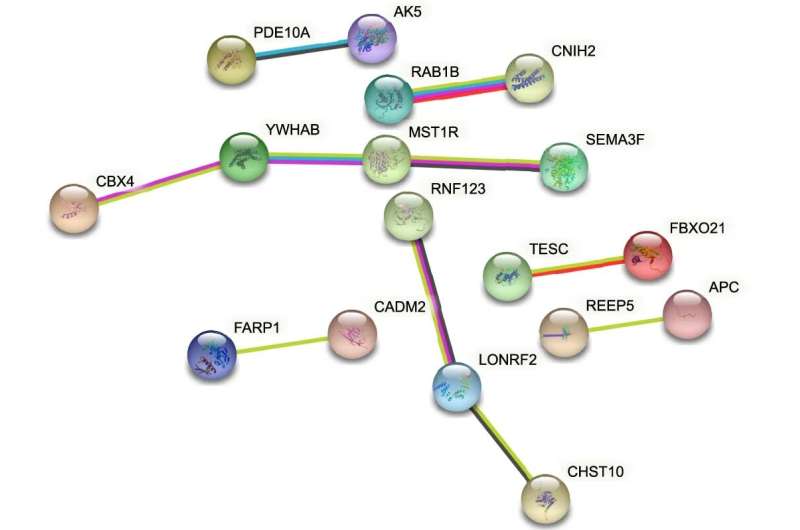Genetic background associated with physically active lifestyle

In a large international study, researchers at Uppsala University have identified DNA regions that are associated with physical activity or leisure screen time. The findings, published in Nature Genetics, confirm that physical activity is beneficial for health and suggest that a more sedentary lifestyle can be explained by how muscles respond to exercise.
It is well established that a physically active lifestyle and less time spent sitting are associated with better health. However, trends over time suggest that people in higher income countries are becoming increasingly less active. It is also known from twin and family studies that genetic factors influence physical activity levels, but the biological basis for why some people are more physically active than others remains poorly understood.
To improve our understanding of mechanisms that influence physical activity and its role in disease prevention, researchers from Uppsala University, together with researchers from around the world, combined genetic data from over 700,000 individuals participating in 51 research studies. In doing so, they identified 99 DNA regions that are associated with how much time people report spending on moderate-to-vigorous intensity physical activity or watching a screen during their leisure time.
"We know that people tend to overreport how much time they spend on physical activity, but around half of the DNA regions we identified also show robust associations with physical activity as measured using devices that people wore during daily life. This adds further credibility to our findings," says Ruth Loos from the Novo Nordisk Foundation Center for Basic Metabolic Research, at the University of Copenhagen.
Next, the researchers used DNA variants as instrumental variables and showed that less screen time lowers the risk of obesity. Less screen time and more time spent in moderate-to-vigorous intensity physical activity also protect from diabetes, attention deficit hyperactivity disorder, depression, and earlier age at death.
"We confirmed that physical activity has beneficial effects on health outcomes. We also found that all outcomes that we examined are driven by physical activity's beneficial effect on body mass," says Zhe Wang from Icahn School of Medicine at Mount Sinai in New York and first author of the paper.
Further analyses showed that DNA variants associated with leisure screen time are more often located close to genes whose activity in skeletal muscle is changed by strength training. This suggests that these genes may influence the likelihood of adopting an active lifestyle by affecting the response to training.
The researchers studied one gene in more detail and identified a DNA variant that changes a building block of a protein that is only present in fast-twitch skeletal muscle fibers.
"Our results show that this change results in more elastic muscle fibers that can deliver less force, but are likely less susceptible to exercise-induced muscle damage. We think that this reduced risk of muscle damage after exercise makes it easier for people to have a more active lifestyle," says co-author Andrew Emmerich from the Department of Cell and Molecular Biology, Uppsala University.
In total, the researchers identified 46 genes in the 99 DNA regions that could be relevant for linking genetics and physical activity. The findings suggest that pathways related to locomotion and muscle weakness due to dysfunction of the muscle fiber are probably involved.
"We cannot currently claim that these 46 genes cause someone to be more or less physically active in daily life, but they provide great leads for further studies. Perhaps in the future it will even be possible to trigger the beneficial effects of physical activity without the need to be physically active," says Marcel den Hoed, researcher at the Department of Immunology, Genetics and Pathology at Uppsala University, and lead author of the paper.
More information: Zhe Wang et al, Genome-wide association analyses of physical activity and sedentary behavior provide insights into underlying mechanisms and roles in disease prevention, Nature Genetics (2022). DOI: 10.1038/s41588-022-01165-1. www.nature.com/articles/s41588-022-01165-1




















